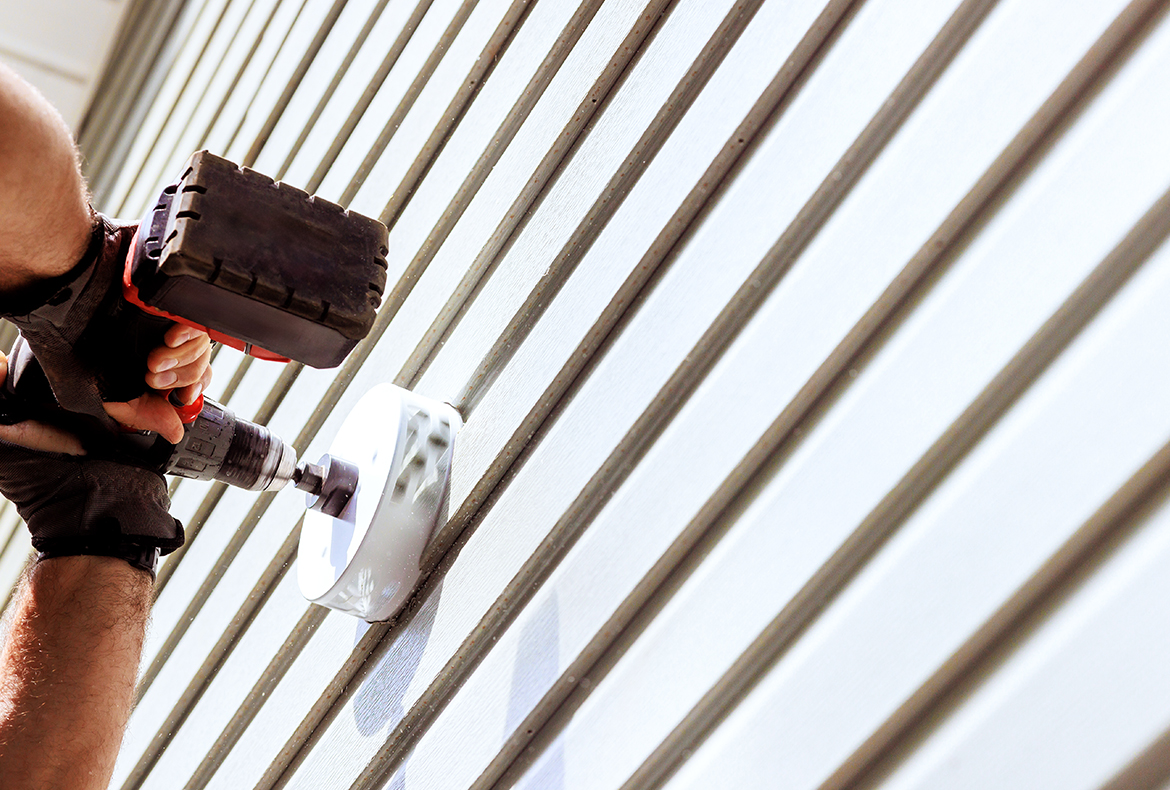Siding plays a crucial role in protecting and beautifying your home’s exterior. Whether renovating or building from scratch, proper siding installation is essential for longevity, energy efficiency, and curb appeal. This guide will walk you through the crucial steps and considerations for a successful siding installation project.
Choosing the Right Siding Material:
Before diving into installation, selecting the suitable siding material for your home is essential. Standard options include vinyl, wood, fiber cement, and metal. Each material has advantages and considerations, such as durability, maintenance requirements, and aesthetic appeal. Consider factors like climate, budget, and architectural style when deciding.
Preparation:
Proper preparation is crucial for a smooth siding installation process. Start by inspecting the exterior of your home for any damage or underlying issues that need to be addressed. Repair any rotted wood, fix leaks, and ensure the sheathing is in good condition. Clean the surface thoroughly to remove dirt, debris, and old paint or siding.
Installation Process:
1. Measure and Cut: Accurate measurements ensure a precise fit for your siding panels. Use a tape measure and chalk line to mark the dimensions, then carefully cut the panels to size using a circular saw or snips.
2. Install Flashing: Flashing helps to prevent water penetration and protect vulnerable areas of your home, such as windows, doors, and corners. Install flashing around these areas before proceeding with siding installation.
3. Start at the Bottom: Begin installing siding at the bottom of the wall, working your way up row by row. Use starter strips or J channels to provide a secure base for the siding panels. Nail or screw the panels in place according to manufacturer instructions, leaving room for expansion and contraction.
4. Pay Attention to Detail: Properly overlap and secure siding joints to create a weatherproof barrier. Use trim pieces, corner posts, and accessories to finish edges and corners neatly.
5. Finishing Touches: Once all siding panels are installed, add finishing touches such as caulking around windows and doors, painting or staining wood siding, and installing vents and other accessories.
Conclusion:
Siding installation is a rewarding home improvement project that can enhance the appearance and functionality of your home’s exterior. By choosing suitable materials, preparing thoroughly, and following proper installation techniques, you can enjoy beautiful, durable siding that will protect your home for years.



